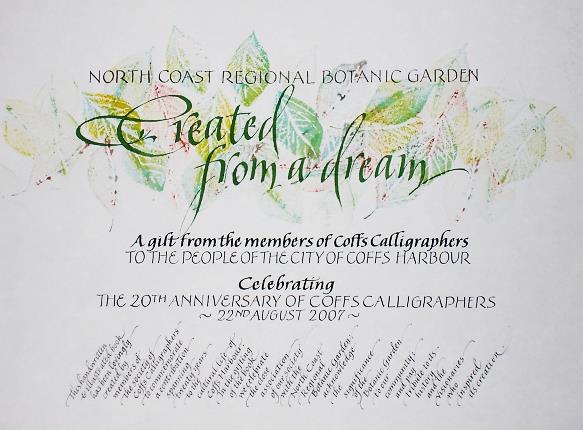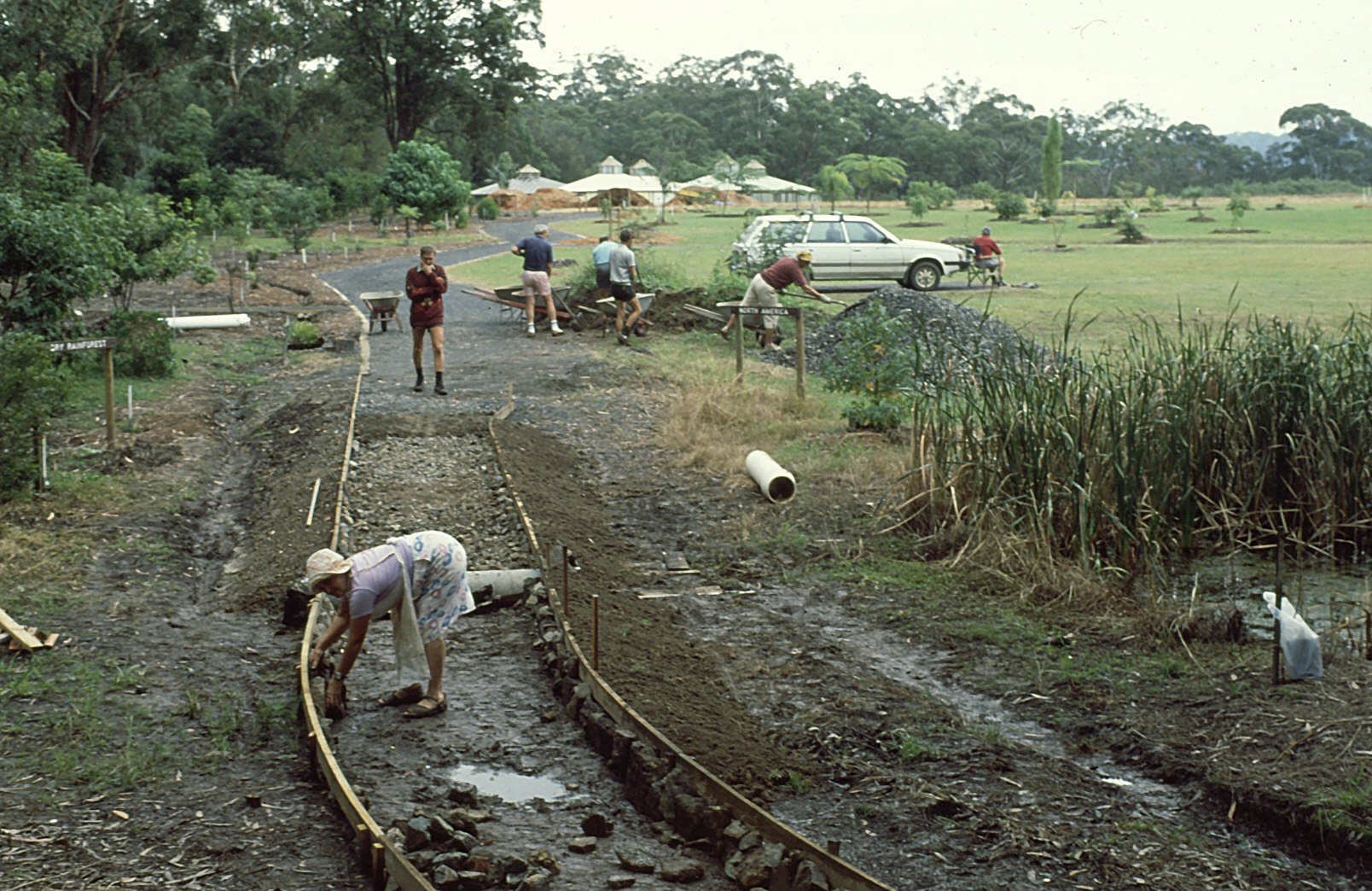This article was written by Neil Bonnell recalling his time as a teacher here in Coffs Harbour 1958-59, I’m sure current students would be surprised to see how much has changed but also how much has stayed the same.
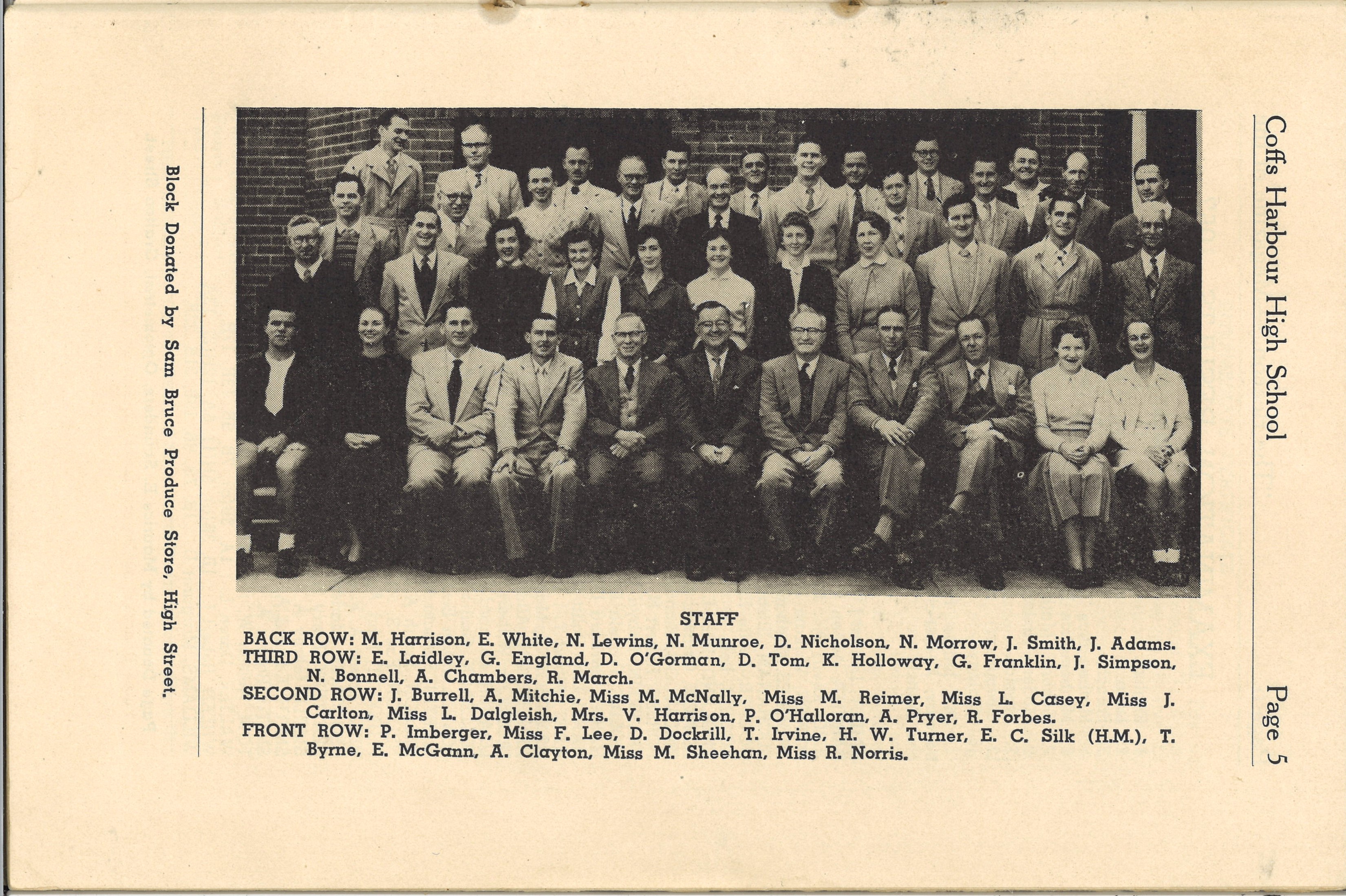
Picture from the “The Beacon” 1958, the Coffs Harbour High School magazine, Neil Bonnell is in the third row.
Sixty years ago, Coffs Harbour was a small seaside town whose main claims to fame were its extensive banana plantations and its role as a major stop on the Sydney to Brisbane railway line. The population was just 7,000 hardy souls who had to frequently visit Grafton for goods and services which were not available in Coffs. The Pacific Highway south was liable to flooding or just closure at Nambucca Heads. The twelve miles (we were not metric yet) north of the town was winding and in poor condition. There was no library or public swimming pool. We did have a Woolworths and a Coles and the relaxed lifestyle made up for any deficiencies.
The High School (the only one) at the Jetty catered for secondary students from a wide area. Those who came furthest were the remaining Macksville students who travelled to and from school on the North Coast Mail. Others came from Nana Glen in the north-west and Woolgoolga, known as “Woopie” even then, from the north. Enrolments from both Bellingen and Macksville ceased after high schools were established in those towns. Bicycles were the most popular mode of transport to school for local students. Mr Eric Silk, the new Headmaster, used much of his time at school assemblies instructing students in road safety and warning against riding side by side on the road between the centre of town and the Jetty.
I was regarded as extremely lucky to be sent to Coffs Harbour for my first teaching appointment, as the North Coast was a popular location. My personal record at Head Office showed that I was qualified as an English/History teacher and was a lieutenant in the CMF. It so happened that Mr G.A. Paterson who ran the Cadet Unit and taught English and History had been appointed English/History Master at Bellingen. Someone at Head Office had made an informed choice. I had heard that the Cadet Unit was being run by a World War II Lt-Colonel and I was looking forward to working with him. It was with some dismay that I learned that Lt-Colonel Paterson had filled that role and that I was expected to be CO in his place.
The Cadet Unit which numbered just under 120 boys conducted an annual camp, paraded in uniform on Anzac Day, provided the bugler to play the Last Post mounted an annual Passing Out Parade and possessed a band which participated in the town’s Anzac Day parade and service. The signals platoon also provided communications for an important golf tournament at the local course.
Coffs Harbour High was in the process of rapid expansion. In 1958 there were just over 670 students at the school. The following year the total stood at about 760 if the records in The Beacon are correct. It was possibly over twenty more. Only two extra staff were appointed. Relationships between staff and students were generally relaxed and congenial, although there were problem students and some difficult classes. One of the most eccentric students was Alvin Murray. He lived north of the town and during one holiday period he amused himself by placing a cardboard box on the highway and climbing inside. He had poked eye-holes in the side facing the traffic, leaving the open side facing the side of the road. At the last possible moment he would scuttle out of the box into the bushes. Another was a boy in my roll call class, whom I privately called “Pedro the Fisherman.” With a deep knowledge of the truancy laws, he would stay away from school until the last moment when the truancy inspectors would come looking for him. He told me that he spent his time fishing and offered to bring me a crab or two. Recognising conflict of interest, I politely declined.
One result of my military connections was a message from Mr Silk asking me to go the office where the police were waiting to interview me. It seems that I had assumed the title of Senior Military Officer in the district, a grandiose title for a mere lieutenant in charge of a small army depot catering for two platoons who paraded once a week. I think that Mr Silk was considerate enough to mention that the police wanted advice on a military matter. They had found in the garage of an unoccupied house an “aerial bomb”. Could I please go and investigate? As our Regular Army Warrant Officer was in town, I took him with me to see this bomb. What we found was a 3 inch mortar shell seemingly intact and with a full set of propulsion charges in place around the fins. We agreed that it was safe to move and took it back to the depot with us on the front seat of the army ute. The one thing we didn’t want to do was drop it. Further examination showed that the explosive material had been removed by means of small holes drilled into the side of the shell. The detonator was still active and we gave that to the local council to destroy.
The staff at Coffs was reasonably stable, as an appointment to Coffs was not lightly given up. The second most senior teacher in the Commerce Department was content to remain top of the list for promotion to Subject Master rather than be promoted and have to leave Coffs. The majority of the teachers were well-qualified and experienced. Most country secondary schools of any size were expected to provide a full curriculum including preparation for tertiary study, the trades and office work. Furthermore, the teaching staff was refreshed periodically by the promotion system which encouraged upwardly mobile teachers to take their first promotion at each level in the country. Occasionally, one could also find a pre-war graduate with first-class honours teaching in a secondary school. Tom Byrne, English/History Master was one such example.
Several of the teachers had bought a few acres where they grew bananas. Colleagues often helped them to “chip bananas”, which I think meant to remove weeds from around the trees. If they were paid they had to be careful to keep records and declare their income, as inspectors from the Tax Office made frequent visits to the district. Banana growers, it seems, were reluctant to fully declare their income. Another unusual hobby for a teacher was lobster fishing in the harbour by the P.E. teacher who used to pop down there at lunchtimes. Freshly cooked lobsters, by the way, could be bought for 2/6 (25 cents) at the Co-Op on the jetty.
If some readers are irritated by the sexist terms being used in this memoir, please be consoled by the fact that this was the language of the day. It was a time when female teachers were fighting to be paid 75% of the male wage. Equal pay was not to be achieved for several years. The senior members of the teaching staff were the Headmaster and Deputy Headmaster. Teachers in charge of subject areas were classified as Subject Masters or Mistresses. The heads of English/History, Mathematics and Science were all male, as were the heads of Commercial Subjects, Modern Languages and Manual Arts. Female teachers were allowed to run the departments of Classical Subjects (Latin), Art, Home Science and Music.
In the classroom there were some quaint customs. Boys and girls sat on opposite sides of the room. Boys were called by their surnames and girls by their Christian names. I don’t remember total segregation in the playground, what there was of it. There was, of course, no mixed sport with the exception of tennis. Inter-school visits from Grafton and Macksville were highlights of the sporting calendar. Boys and girls were part of the same team in athletics and swimming, but competed in separate events. There was a High School cricket team organized by Don Tom which played in the district B Grade competition. As it was an adult competition, teachers were allowed to play, as I did. I believe that Don was elected to the Coffs Harbour Cricket Association Hall of Fame. In the winter, girls were allowed to play the murderous game of hockey instead of the merely bruising game of Rugby League football. No one had heard of soccer. Boys’ basketball teams as well as girls’ hockey teams not only competed in town competitions, but also won premierships in 1958. These victories were won despite inadequate sporting facilities, as outlined by Sports Master R. F. Jarvis in The Beacon in 1959. The swimming carnival, for example, had to be held in a branch of the creek opposite what is now the Botanical Gardens.
Wednesday afternoons were given over to sport which was held at various venues around town. The school had no playing fields, just a small area on the railway side of Camperdown Street, which was large enough for softball. Incidentally, both boys and girls had softball teams. There were some students for whom Wednesday afternoon was the highlight of the week. Unfortunately, during February and March particularly, it was liable to rain in the afternoon. This seemed to happen on Wednesday more often than on other days. When it was too wet to conduct sport, Wednesday morning’s timetable was repeated. Disgruntled students and teachers presenting hurriedly prepared lessons was not a happy combination. I dreaded wet Wednesdays. To make up my quota of lessons, I was given five periods of P.E. per week in a school without a gymnasium. In fine weather, I arranged softball matches on the Camperdown Streeet playing area. When it was wet, P.E. lessons were held in a cramped basement with no room for gym equipment. Three of these periods were on Wednesday mornings when I had to resort to party games and quizzes such as buzz-buzz which was a counting game which required participants to say buzz whenever the number three or a multiple occurred. Twenty questions and Chinese whispers also featured. When the afternoons were also wet, six periods of parlour games were a strain for all concerned. It was the job of “Snow” Turner to make a weather forecast at about the time of morning break and declare sport on or off. On more than one occasion, the weather cleared after the cancellation had been issued and it was too late to restore the sports afternoon. Snow was not popular when his weather forecast was wrong.
One of the two classes I remember best was 2E 1959, with whom I fought for most of the year but then many years later taught the son of one them. The other was 3A 1958 which contained some very able female pupils. Frank Walker, who later gained prominence in politics, could only come fourth in English. He was, however, a most proficient debater. I often wonder what happened to Bronwyn Phillips, Jill Nelson, Robyn Roche and Marilyn Haworth and what use was made of their talents. What would be totally unacceptable today was the regular advertisement in The Beacon of The Bank of New South Wales. It offered jobs and training to “young ladies” (who would join the nicest girls) as a stenographer/typist, clerk/typist or in general clerical duties. Judy Henderson (3A 1959 and Hall Of Fame) obviously didn’t take one of those jobs. Junior males were told that every new junior was regarded as a potential executive. One of the great successes of the 1959 cohort was Diane Russell, who topped the State in English in the Leaving Certificate.
It was a different world. I had a busy two years in Coffs and gained very valuable experience. There are those who would say that I was stupid ever to leave.
Neil Bonnell 2018.
![]()





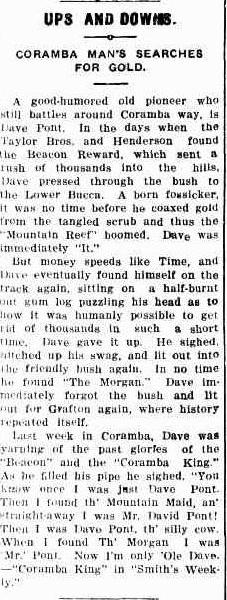

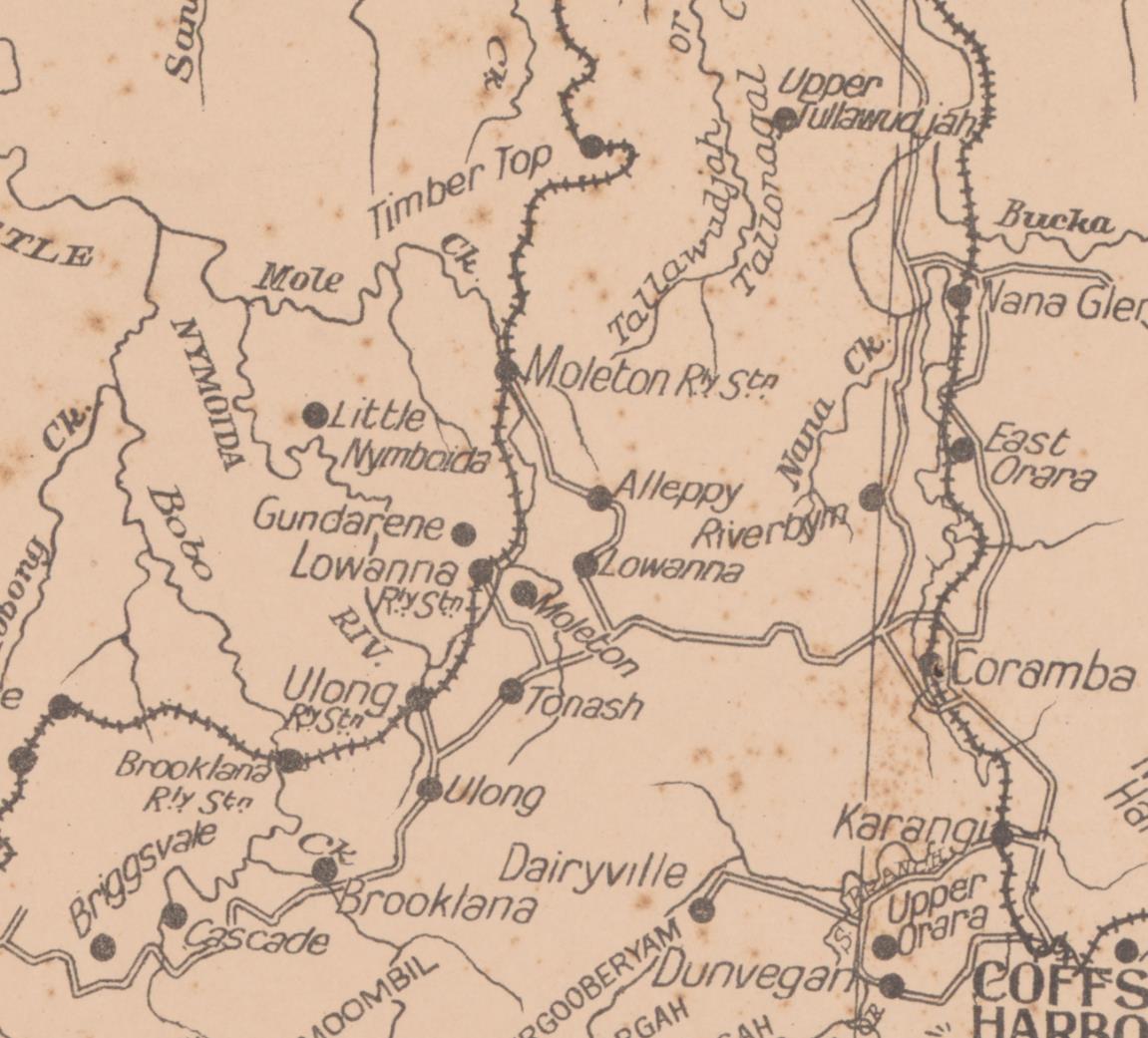








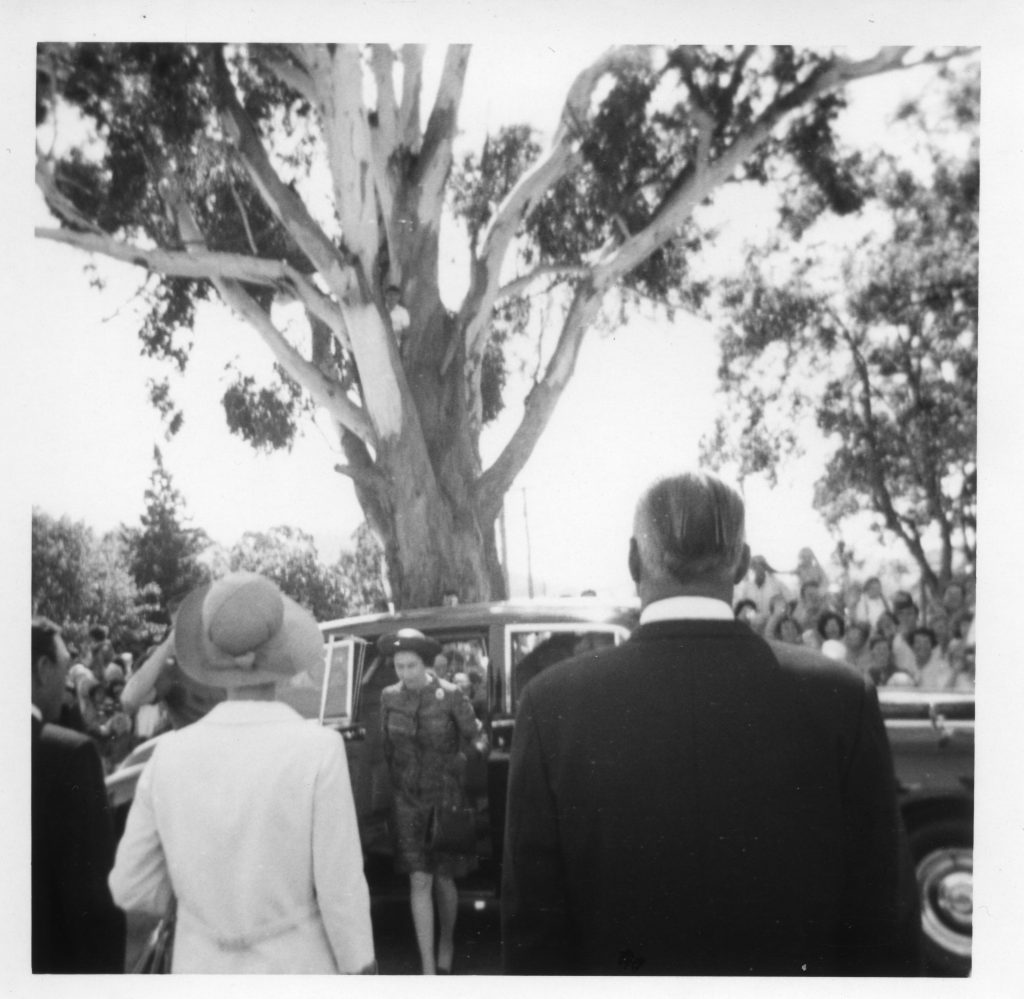

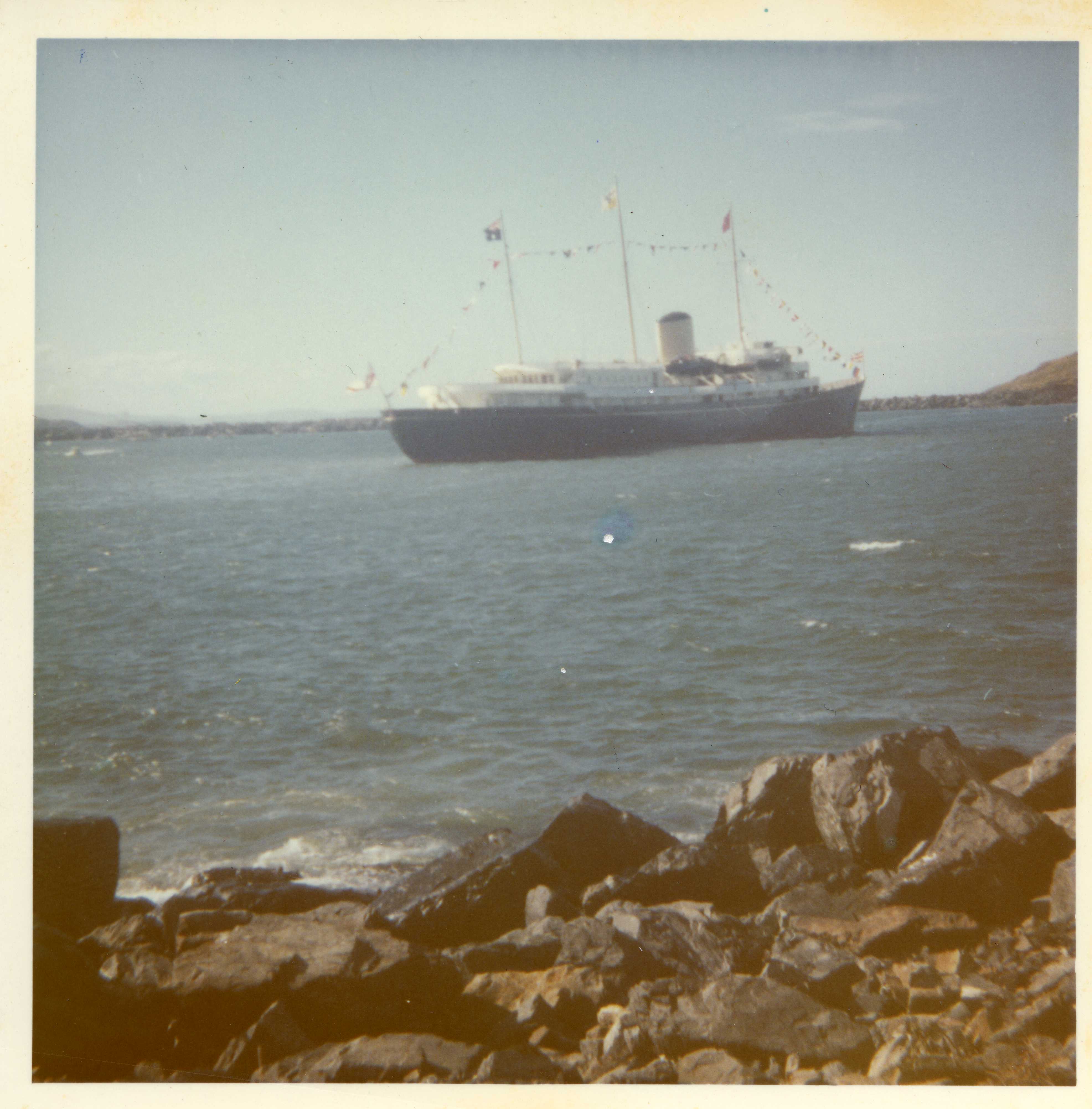









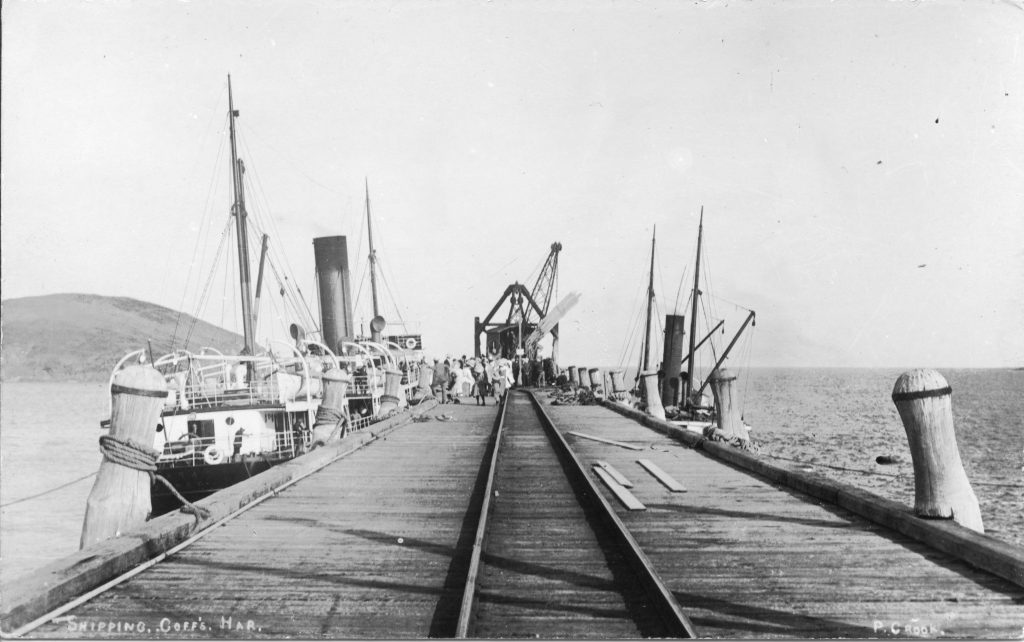

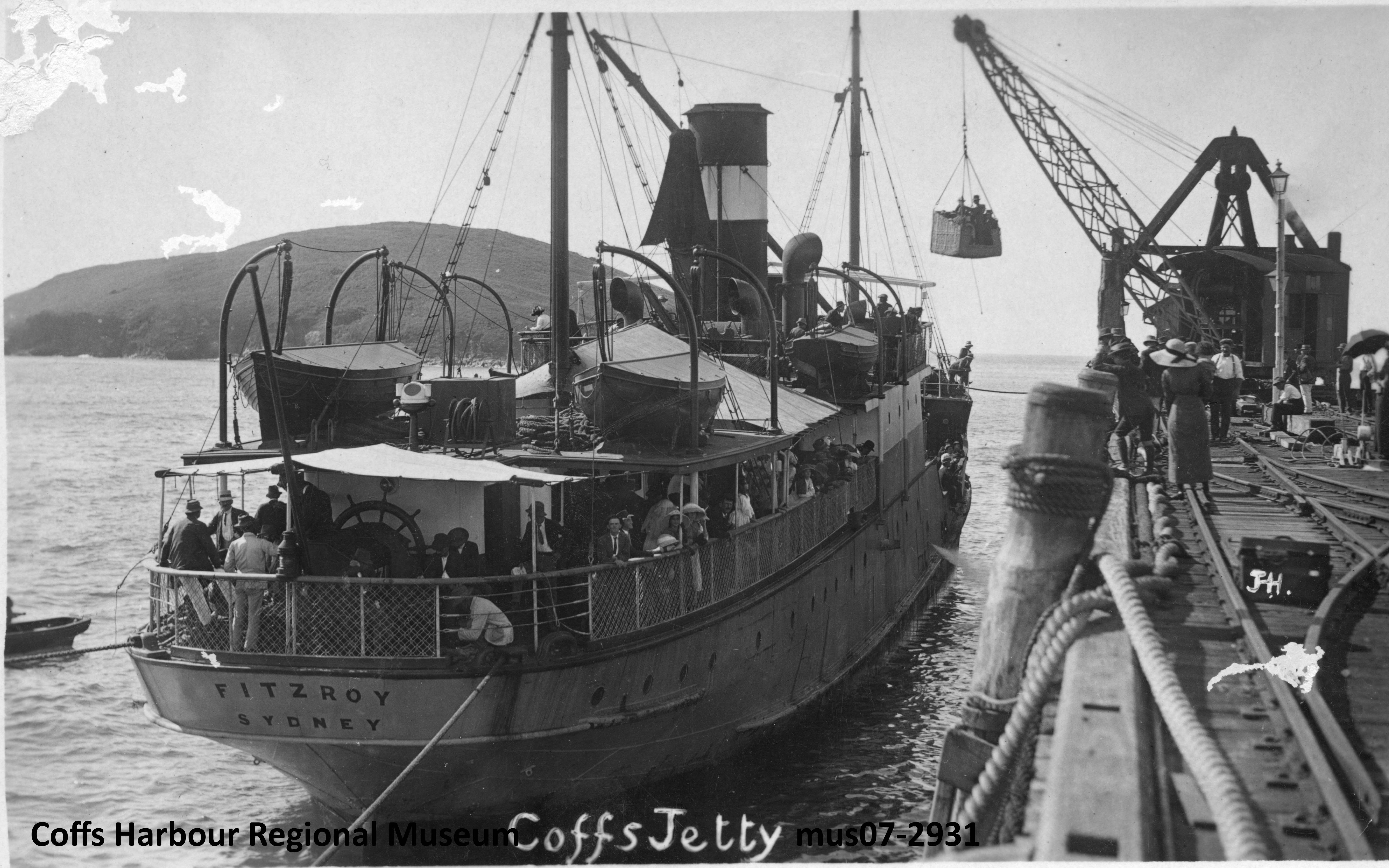

 And Beyond
And Beyond




